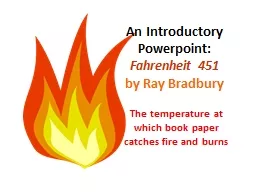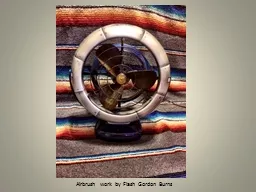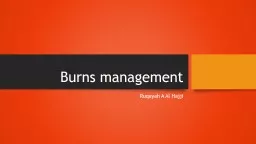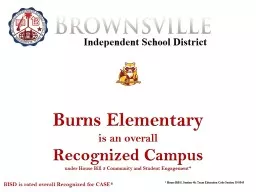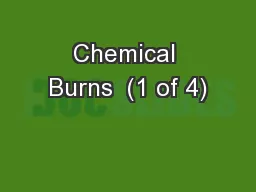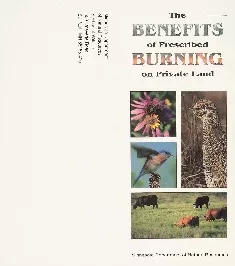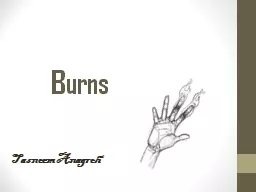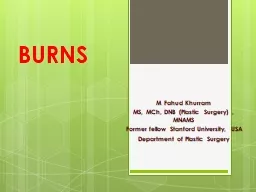PPT-The temperature at which book paper catches fire and burns
Author : delcy | Published Date : 2022-06-14
An Introductory Powerpoint Fahrenheit 451 by Ray Bradbury Fahrenheit 451 1947 began as Bright Phoenix which contained seed for 1951 The Firemen a short story
Presentation Embed Code
Download Presentation
Download Presentation The PPT/PDF document "The temperature at which book paper catc..." is the property of its rightful owner. Permission is granted to download and print the materials on this website for personal, non-commercial use only, and to display it on your personal computer provided you do not modify the materials and that you retain all copyright notices contained in the materials. By downloading content from our website, you accept the terms of this agreement.
The temperature at which book paper catches fire and burns: Transcript
Download Rules Of Document
"The temperature at which book paper catches fire and burns"The content belongs to its owner. You may download and print it for personal use, without modification, and keep all copyright notices. By downloading, you agree to these terms.
Related Documents

